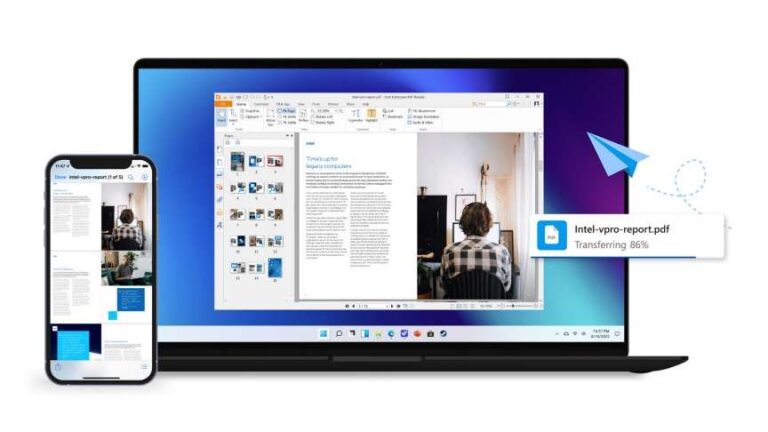Let’s review today’s leading Artificial Intelligence (AI) models from OpenAI, Anthropic, Google, and Meta. The artificial intelligence landscape has transformed dramatically in recent years, giving rise to a fascinating ecosystem of language models that are reshaping how we interact with technology. Each model brings its own unique approach to the challenge of understanding and generating […]
How to use Google free dark web monitoring
Google will be offering free dark web monitoring to all consumer account holders starting at the end of this month. Consumers can set up alerts to get notified if their personal information appears on the dark web. The dark web is a hidden part of the internet used by hackers to sell personal information from […]
Intel Unison: text from your iPhone on Windows
Unlock your connected world and multi-device experience to enjoy the freedom to work across operating systems. Intel® Unison™ seamlessly connects your PC and mobile devices for a universal, easy to use experience. You may have heard talk of Intel Unison recently, which makes sense because it’s a pretty exciting tool. Intel announced Unison in September […]
Marketing Funnel Optimization
Digital Marketing Beyond SEO and marketing automation You’ve created a funnel, but it’s not working. Now what? If you thought you could set it and forget it, you’ve got another thing coming. That’s where funnel optimization comes in. Maximizing your conversion funnels can only happen when you experiment with each element of customer interaction, […]
Younger generations are actually better at telling news from opinion than those over age 50
According to a new analysis from the Pew Research Center, Americans ages 18–49 were more likely to accurately categorize factual statements as facts and opinion statements as opinions. You can test your own ability here, no matter your age. Read “What is Fake News” at https://guides.libraries.psu.edu/fakenews Fake News: Sources that intentionally fabricate information, disseminate deceptive […]



